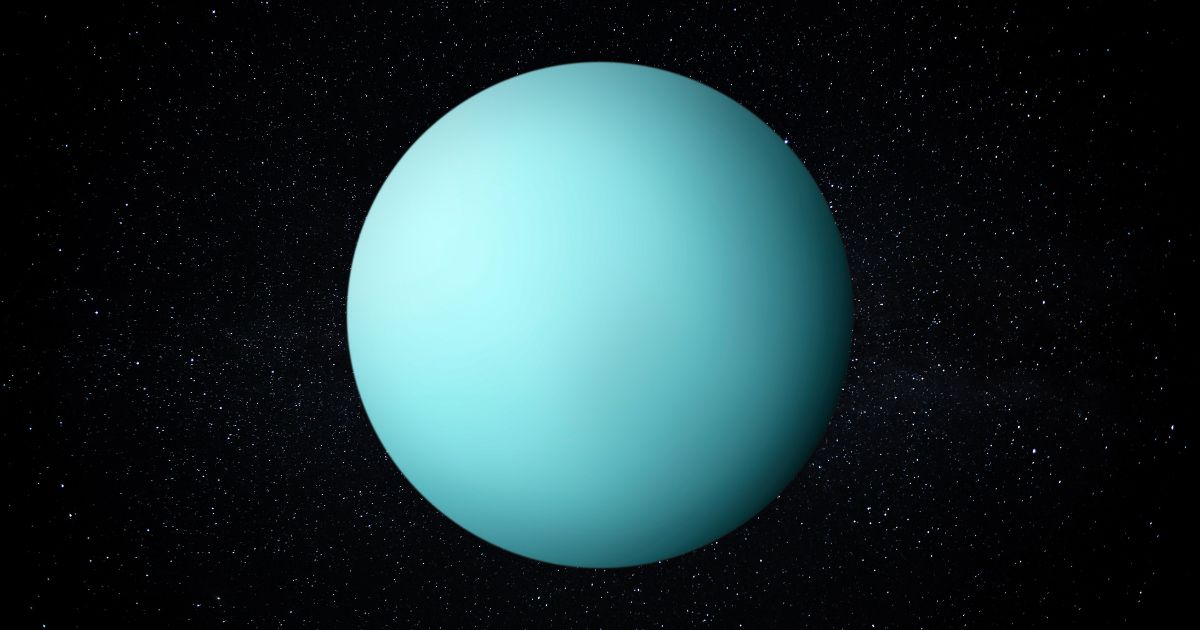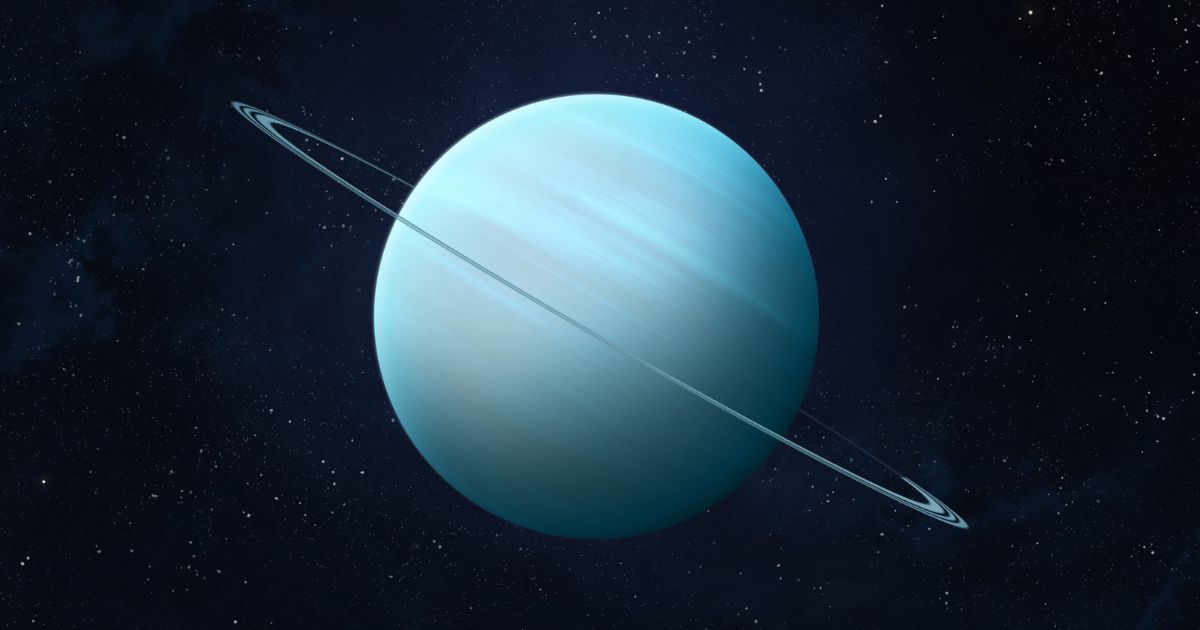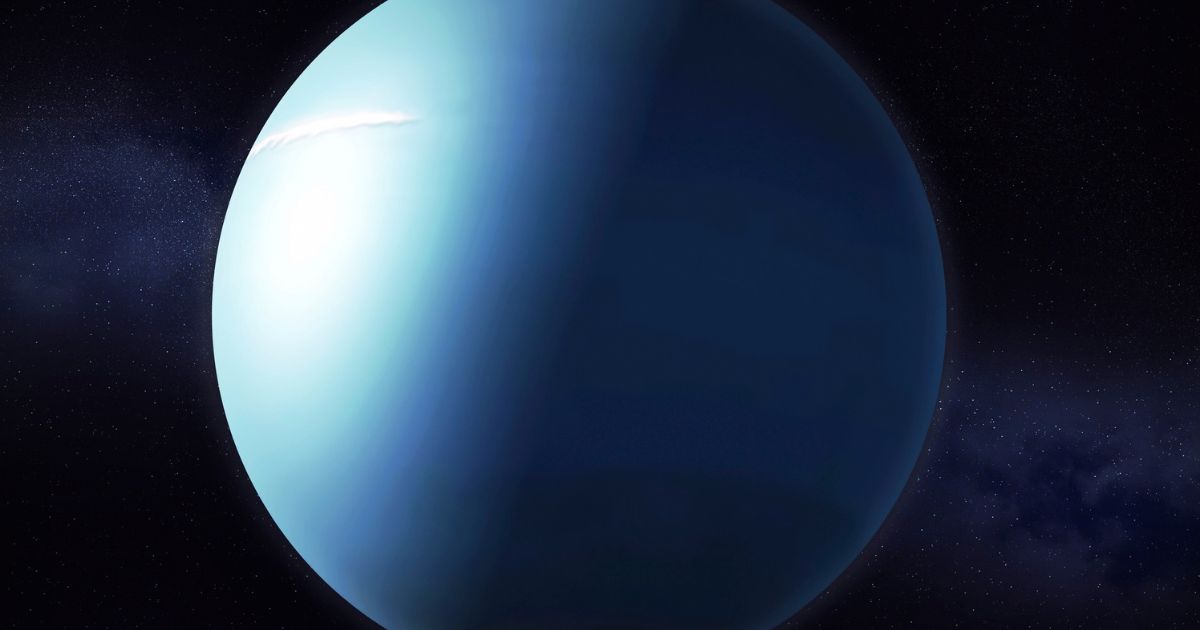Uranus, the funny-named, yet little known planet right near the end of our solar system. Its freezing and windy atmosphere make it inhabitable to even the most indestructible animals. Keep reading to take a deep dive into the mystery of the bulls-eye planet!

Uranus seen from Space
35+ Eye-Opening Facts About Uranus!
Uranus is the 7th planet from the sun
It was named after the ancient roman god of the sky
It is the third largest planet, after Jupiter and Saturn
It has a diameter of about 31,000 miles (51,000 kilometers)
Uranus is one of the few giant planets, but even more specifically, an ice giant
It is the coldest planet in the entire solar system with an average temperature of -320 degrees fahrenheit (-195 degrees celsius)
The coldest temperature ever recorded was -371 degrees fahrenheit (-224 degrees celsius)
The hottest temperature recorded was 116 degrees fahrenheit (47 degrees celsius)
First seen on March 13, 1781
It was discovered by Sir Willium Herschel
It is 1.8 billion miles (2.87 billion kilometers) away from the sun on average
Uranus spins on its side
It’s axis is tilted 98 degrees
This means one pole will see the sun for 21 years while the other has darkness
Uranus’ season last 21 years because of this extreme tilt
One day on Uranus takes about 17 hours
One year on Uranus takes about 84 Earth years
Uranus has 27 known moons
This is the third most out of all the planets
Its largest moon is called Titania
Miranda, the innermost moon, has extreme canyons 12 times deeper than the Grand Canyon
Umbrial has a mysterious bright ring on its side
Oberon, the outermost moon is very old and there is unidentified dark material in some of its craters
Uranus has 13 sets of rings, each names in order of their discovery
They are 1986U2R, 6, 5, 4, Alpha, Beta, Eta, Gamma, Delta, Lambda, Epsilon, Nu, and Mu
Uranus’ rings are darker, less reflective, and narrower than Saturn’s
They are thought to be made of small, dark particles
Uranus has an atmosphere mostly hydrogen and helium, and a very small percent methane.
Methane is what causes it to look bluish-green.
With such a low density, it has lots of water and volatile substances
Uranus has a weak magnetic field compared to other gas giants
Winds have reached up to 560 mph (900 kph)
Uranus has a magnetic field that is tilted 60 degrees off of its axis
This tilt cause Auroras similar to Earth’s
Uranus is one of the least explored planets, with only 1 flyby (Voyager 2)

Uranus’ Rings
Frequently Asked Question; Explore Uranus!
How many moons does Uranus have?
Uranus has the thirds most moons out of all the planets in the solar system. 27 to be exact. Its largest are Oberon and Titania.
Does Uranus have rings?
Yes, like Saturn, Uranus has rings that are visible from Earth. They are smaller, narrower, and fewer in number, but they are just as impressive. Each ring is named in order from when they were discovered.
How did Uranus get its name?
Uranus was named after the ancient Greek god of the sky
What color is Uranus?
Uranus is often referred to as a bluish-green color because of the large amounts of methane in its atmosphere.
What is Uranus made of?
Uranus is made out of “icy” particles. 80% of it is made of water, methane, and ammonia gas.
Who discovered Uranus?
Uranus was discovered by the astronomer William Hershel.
How big is Uranus?
Uranus is the 3rd largest planet in the solar system with a radius of 15,759.2 miles (25,362 kilometers).
How cold is Uranus?
Uranus is the coldest planet in the solar system. Its average temperature is -320 degrees Fahrenheit (-195 degrees Celsius) and has reached a low of -371 degrees Fahrenheit (-224 degrees Celsius).

Up-Close of Uranus
Uranus, take a bow. Who could have guessed we knew so many interesting things about things icy giant? With it being one of the least explored planets, we are destined to continue looking deeper towards its moons, surface, atmosphere, etc. Maybe one of you could lead an expedition someday.
Want to learn more about the planets in our solar system? Check out these other articles:

Leave a Reply